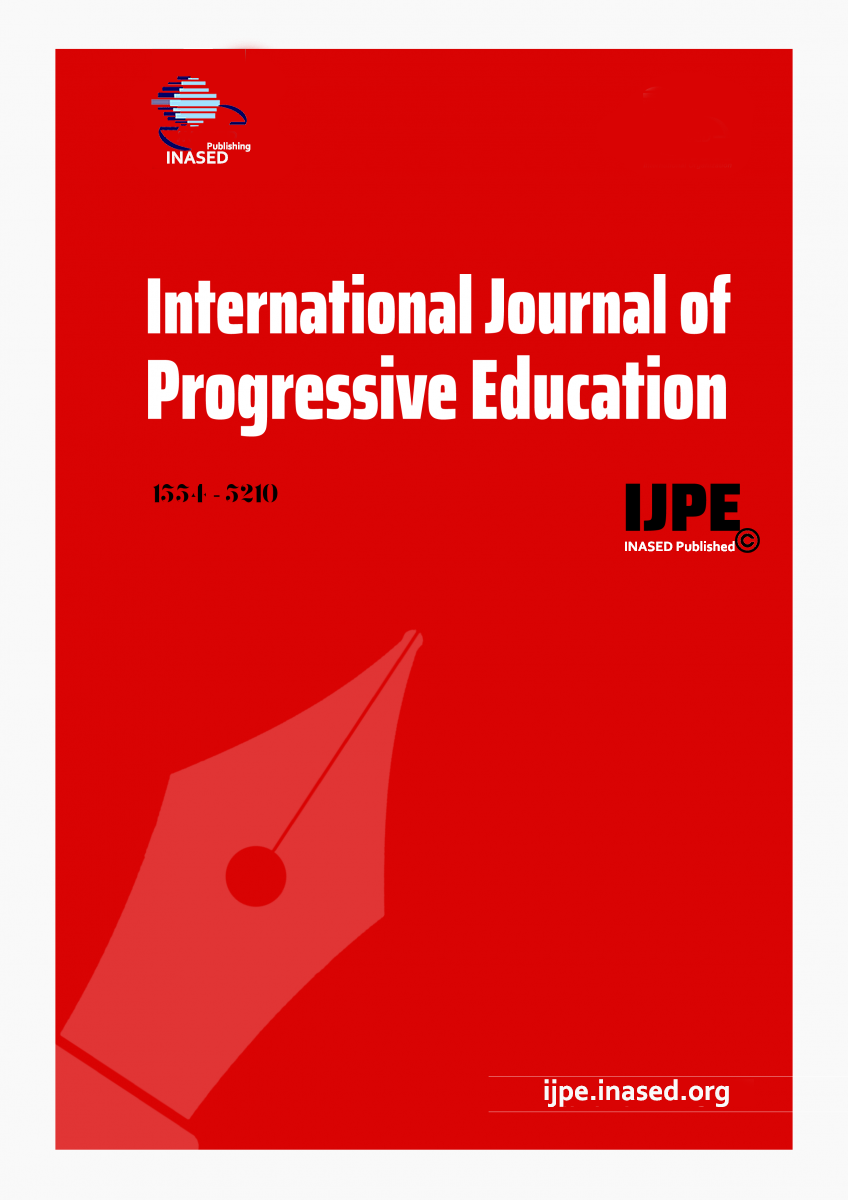- Ataman, A. (2005). Children with Special Needs and Special Education. Ankara: Gündüz Eğitim ve Yayıncılık. [Google Scholar]
- Aydemir, D. (2009). The Predictors of Life Satisfaction of Visually Impaired Turkish Adolescents. (Master’s Thesis). https://tez.yok.gov.tr/UlusalTezMerkezi/giris.jsp. 250730. [Google Scholar]
- Batu, E. (2010). Factors for the Success of Early Childhood Inclusion & Related Studies in Turkey. International Journal of Early Childhood Special Education, 2(1), 57-71. [Google Scholar]
- Baykaldı, G. (2017). Exploring Challenges of Mathematics Teachers Who Teach High School Mathematics For Visually Impaired Students in Turkey. (Master’s Thesis). https://tez.yok.gov.tr/UlusalTezMerkezi/giris.jsp. 581215. [Google Scholar]
- Bayram, G. (2014). Exploring the Academic and Social Challenges of Visually Impaired Students in Learning High School Mathematics. (Master’s Thesis). https://tez.yok.gov.tr/UlusalTezMerkezi/giris.jsp. 363124. [Google Scholar]
- Baxter, P., & Jack, S. (2008). Qualitative Case Study Methodology: Study Design and Implementation for Novice Researchers .The Qualitative Report, 13(4), 544-559. Retrieved from https://nsuworks.nova.edu/tqr/vol13/iss4/2 [Google Scholar]
- Born, S. L., and J. J. Preston. 2016. “The Fertility Problem Inventory and Infertility-Related Stress: A Case Study.” The Qualitative Report 21 (3): 497–520. [Google Scholar]
- Carlson, E., Lee, H., & Schroll, K. (2004). Identifying Attributes of High Quality Special Education. Teacher Education and Special Education, 27(4), 350-259. [Google Scholar]
- Cavkaytar, A. (2006, July). Teacher Training on Special Education in Turkey. The Turkish Online Journal of Educational Technology, 5(3), 41-45. [Google Scholar]
- Clark, C., Dyson, A., Milward, A., & Robson, S. (1999, April). Theories of Inclusion, Theories of Schools: Deconstructing and Reconstructing the Inclusive School. British Educational Research Journal, 25(2), 157-177. [Google Scholar]
- Creswell, J. W. (2012). Qualitative inquiry and research design: Choosing among five approaches (3rd ed.) Thousand Oaks, CA: Sage Publications.Denzin, N., and Y. Lincoln. 2005. Handbook of Qualitative Research. Thousand Oaks, CA: Sage. [Google Scholar]
- Çakıroğlu, E., & Çakıroğlu, J. (2003). Reflections on teacher education in Turkey. Eurpean Journal of Teacher Education, 26(2), 253-264. [Google Scholar]
- Dreyer, L. (2017, February). Inclusive Education. Retrieved February 03, 2020 from https://www.researchgate.net/publication/316352226 [Google Scholar]
- Durna, G. (2012). The Impact of an Integrated Education Upon Visually Disabled Students. (Master’s Thesis). https://tez.yok.gov.tr/UlusalTezMerkezi/giris.jsp. (323587) [Google Scholar]
- Gürkan, M., & Özbuga, M. (2011, April). A Guide Book for School Principals - Teachers - Parents . Why-How-What for mainstream Education at Our Schools. Ankara: MEB (Ministry of National Education). [Google Scholar]
- Hegazy, S. (2013). Remodeling A School For The Blind And Visually Impaired In Oman. Journal of Teaching and Education, 2(4), 143-158. [Google Scholar]
- Horton, K. J. (1998). Education of Visually Impaired Pupils in Ordinary Schools. Guides for Special Education, 129-. UNESCO. [Google Scholar]
- Kargın, T., Acarlar, F., & Sucuoğlu, B. (2005). Öğretmen, yönetici ve anne babaların kaynaştırma uygulamalarına ilişkin görüşlerinin belirlenmesi [Teacher, administer, and parent perspectives according to the implications of inclusive education]. Özel Eğitim Dergisi, 4(2), 55-76. [Google Scholar]
- McMillan, J. H., and S. Schumacher. 1993. Research in Education: A Conceptual Understanding. New York, NY: Harper Collins. [Google Scholar]
- MEB. (2011). A Guide Book for School Principals - Teachers - Parents: Why How What for Mainstreaming Education at Our Schools. Ankara: Ministry of National Education General Directorate of Special Education Guidance and Counseling Services. [Google Scholar]
- Melekoglu, M., Çakıroğlu, O., & Malmgren, K. (2009). Special Education in Turkey. International Journal of Inclusive Education, 13(3), 287-298. [Google Scholar]
- Neuman, W.L. (2006). Social Research Methods: Qualitative and Quantiative Approaches. Toronto: Pearson. [Google Scholar]
- Patton, M. Q. (2002). Qualitative research and evaluation methods . Thousand Oakes. [Google Scholar]
- S. Roberts, P., Rizzo, J.-R., Hreha, K., Wertheimer, J., Kaldenberg, J., Hironaka, D., . . . Colenbrander, A. (2016, January). A Conceptual Model for Vision Rehabilitation. The Journal of Rehabilitation Research and Development, 53(6), 693-704. [Google Scholar]
- Saldaña, J. (2012). The coding manual for qualitative researchers. London: Sage. [Google Scholar]
- Sart, Z., Barış, S., Sarıışık, Y., & Düşkün, Y. (2016). The Right of Children With Disabilities to Education: Situation Analysis and Recommendations for Turkey. ERG Education Reform Initiative. [Google Scholar]
- Stake, R. E. 2000. “Case Studies.” In The Handbook of Qualitative Research, edited by N. Denzin and Y. Lincoln, 435–454. Thousand Oaks, CA: Sage. [Google Scholar]
- Strauss, A. L. & Corbin, J. M. (1990). Basics of qualitative research. Newbury Park, CA:Sage. [Google Scholar]
- Şenel, H. (1998). Special Education in Turkey. European Journal of Special Needs Education, 13(3), 254-261.Retrieved February 03, 2020 from https://www.tandfonline.com/doi/abs/10.1080/0885625980130304 [Google Scholar]
- TUIK. (2011). Özürlülerin Sorun ve Beklentileri Araştırması. TUIK Haber Bülteni(71). [Google Scholar]
- UNESCO. (2003). Overcoming Exclusion Through Inclusive Approaches in Education: A Challenge & A Vision. Retrieved February 02, 2020 from UNESDOC Digital Library: https://unesdoc.unesco.org/ark:/48223/pf0000134785 [Google Scholar]
- UNICEF. (2018, December 13). unicef.org/disabilities/. Retrieved February 03, 2020 from Unicef for Every Child: https://www.unicef.org/disabilities/ [Google Scholar]
- WHO. (2011). World Report on Dİsability. Malta: The World Bank. Retrieved February 03, 2020 from https://www.who.int/disabilities/world_report/2011/report/en/ [Google Scholar]
- WHO. (2012). Global Data on Visual Impairements 2010. World Health Organization. February 04, 2020 [Google Scholar]
- Yıldırım, A., & Şimşek, H. (2005). Sosyal bilimlerde nitel araştırma yöntemleri. Ankara:Seçkin Yayıncılık. [Google Scholar]
- Yin, R. K. 2011. Qualitative Research from Start to Finish. New York, NY: Guilford Press. [Google Scholar]
|


